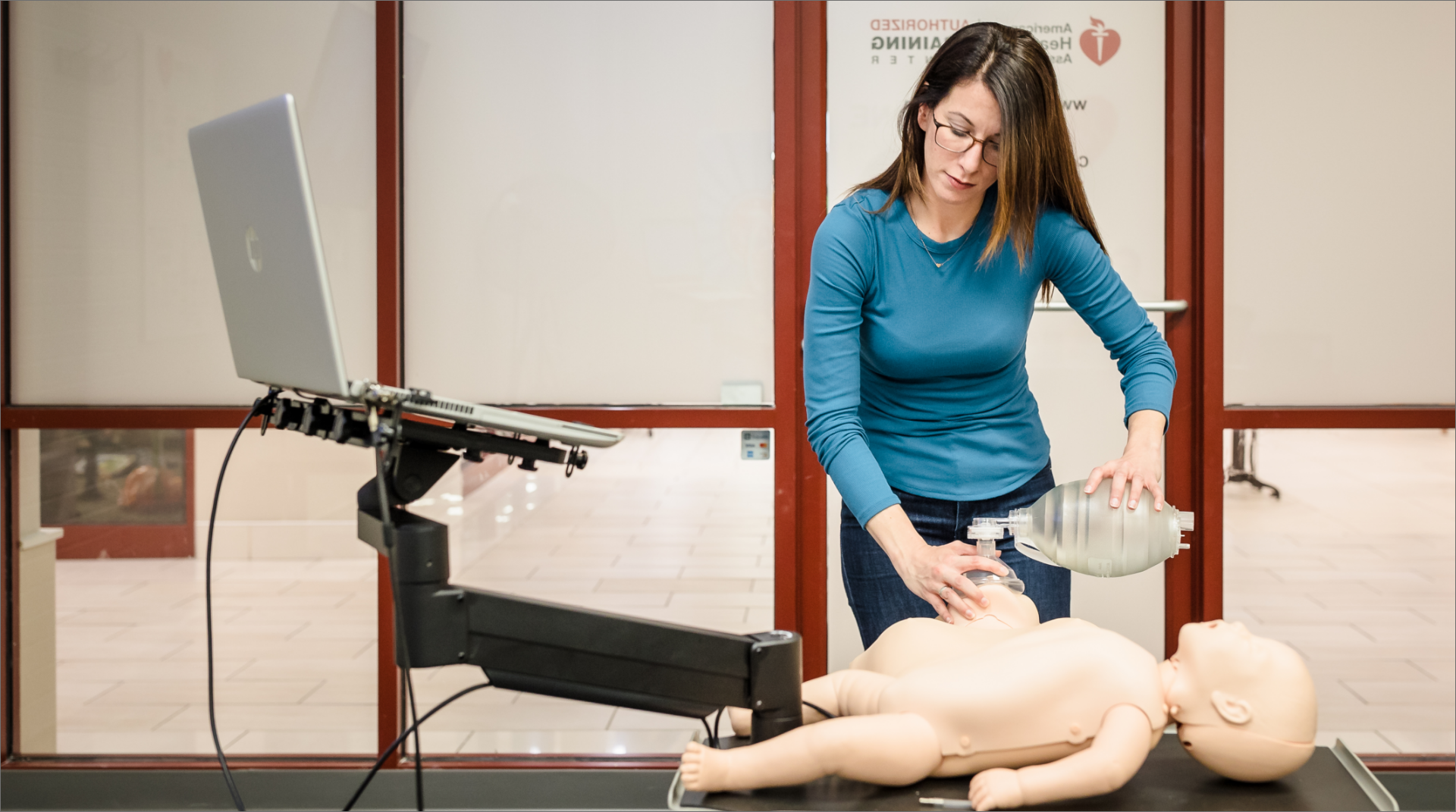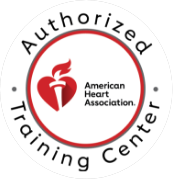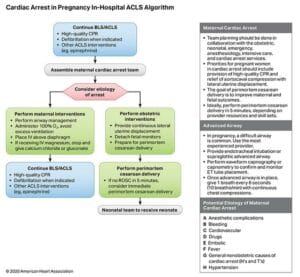

CPR Resource Center
The most comprehensive library of emergency training resources — including videos, articles, downloads, and more.


The most comprehensive library of emergency training resources — including videos, articles, downloads, and more.
Cardiac arrest during pregnancy is rare. However, with quick response and proper training, survival rates for both the mother and fetus are encouraging.
Cardiac arrest occurs in about 2 pregnant people per 100,000 compared to 20 per 100,000 females of child bearing age. Survival rates range from 17% out-of-hospital to 69% in hospital. The first step to improve survival is prompt initiation of basic life support (BLS).
Response to cardiac arrest in a pregnant person starts just like anyone else. When discovering a pregnant person in cardiac arrest, 1) call for additional help (9-1-1), get an AED and start CPR. When calling for help, always report that the person in cardiac arrest is pregnant. Notification of hospital obstetrics and neonatal resuscitation teams can be crucial for survival.
Hand placement for compressions does not change. However, if the pregnant person has a visibly rounded abdomen, the uterus should be displaced to the left by a second responder. This promotes blood flow to improve survival
The uterus can be displaced from the right of the patient by pushing the uterus away from the responder with one hand.

The uterus can be displaced from the left of the patient by pulling the uterus towards the responder with two hands.

Mechanical compressions with devices like the LUCAS chest compression system are not advised as their safety has not been studied in pregnant people.
Ventilations should be given as normal with special attention to avoid hyperventilation. Oxygen should be flowing through a bag valve mask if available.
AED use is safe in all stages of pregnancy. Continue to use traditional anterolateral pad placement. Ensure that the left lateral pad is placed under the breast. Fetal monitors should not deter providers from using defibrillation.
The ideal BLS team responding to a pregnant person should have at least 4 people. One to do compressions, one to do ventilations, one to displace the uterus and one to be the team leader/operate the AED.
For more information, please reference the AHA BLS Algorithm for Maternal Cardiac Arrest.

Help Me Find a Course